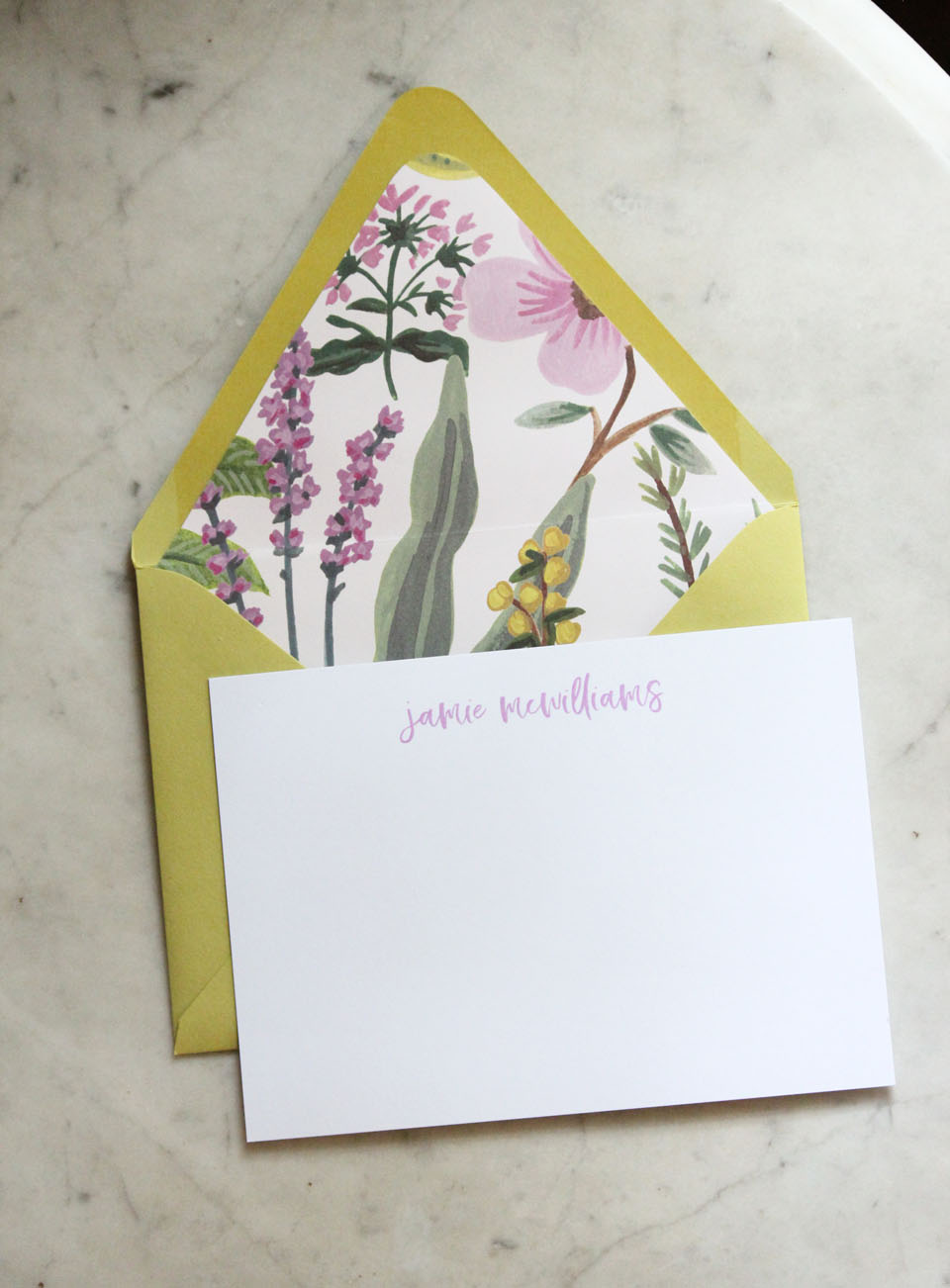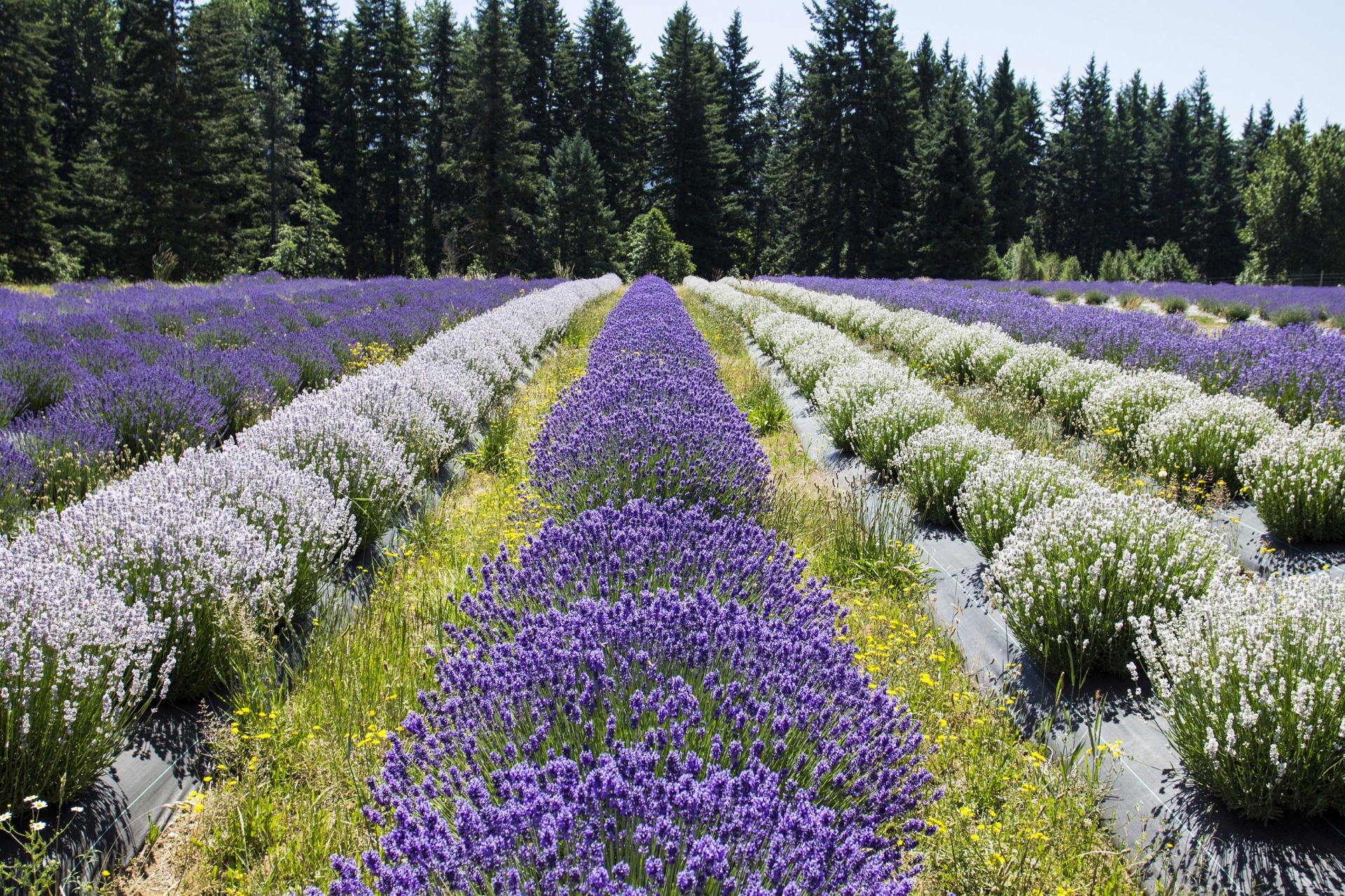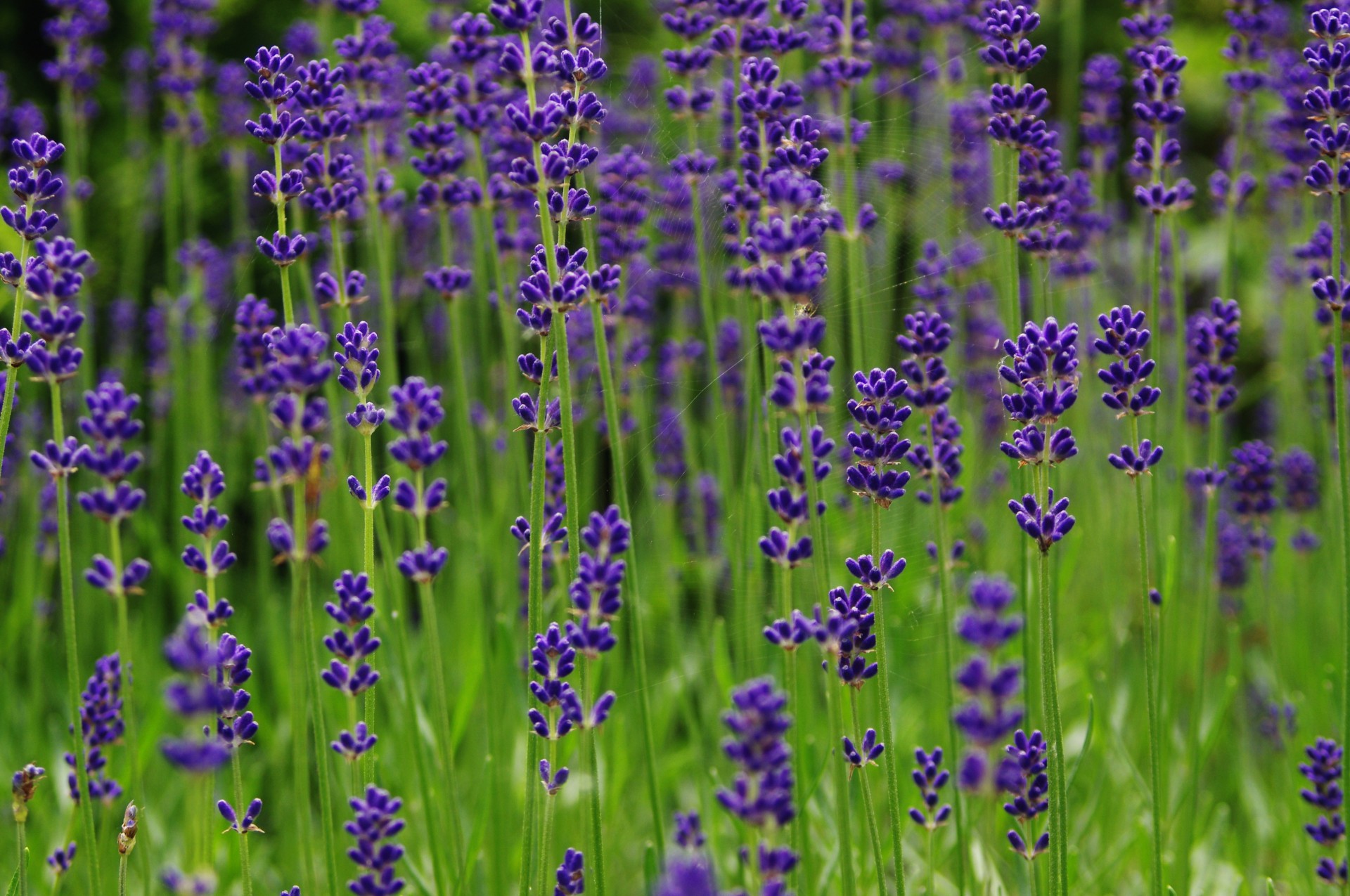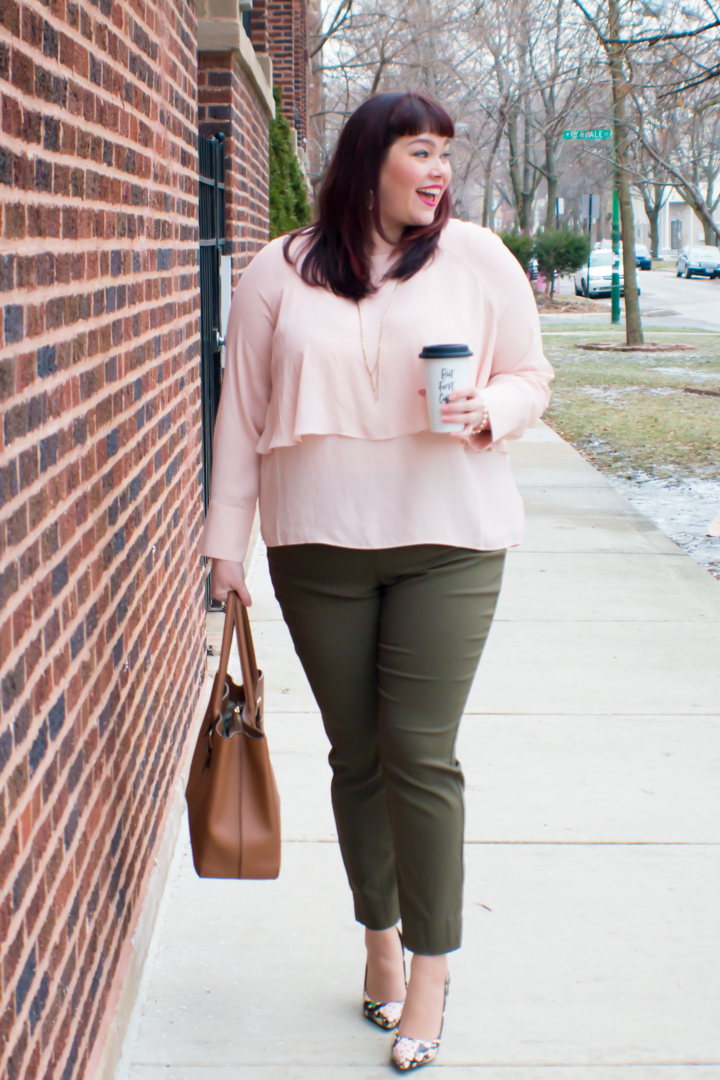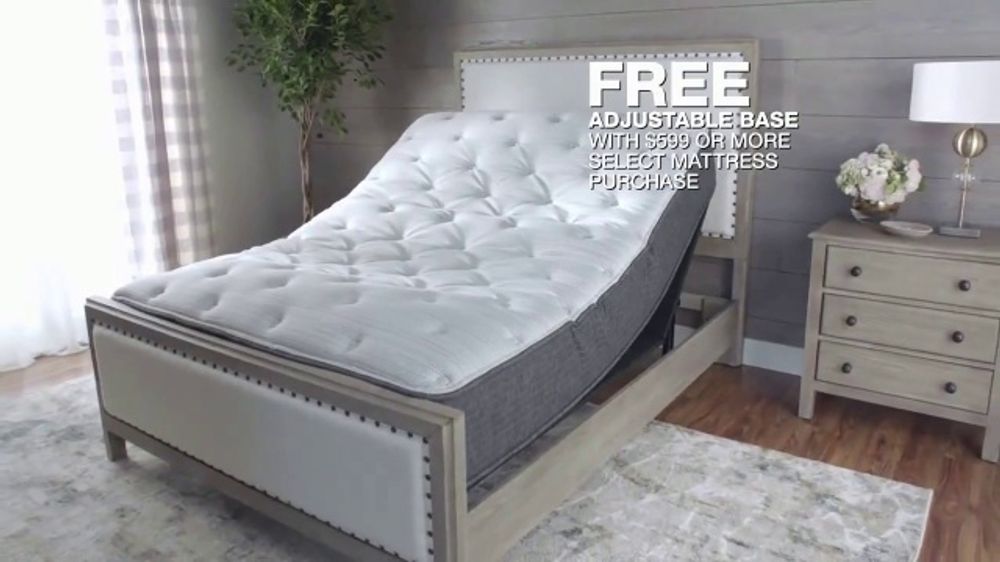Blue and orange may seem like an unlikely pairing when it comes to complementary living room colors, but when used correctly, these two hues can create a stunning and dynamic space. The key to success with this color combination is to find the right balance between the cool tones of blue and the warm tones of orange. Consider using a deep navy blue as the main color for your walls, and then incorporate pops of orange through accent pillows, artwork, and other decorative elements. This will create a bold and eye-catching look that is sure to impress.Blue and Orange
If you're looking for a more traditional and classic color combination for your living room, then green and red may be the perfect choice. These two colors are often associated with the holiday season, but they can also work well together in a non-seasonal setting. Consider using a deep forest green as the main color for your walls and then incorporating accents of red through throw blankets, area rugs, and other decor. This will create a warm and inviting atmosphere that is perfect for cozy nights in.Green and Red
For a bold and vibrant living room color scheme, consider pairing purple and yellow together. These two colors are opposite each other on the color wheel, making them complementary colors that create a striking contrast. Use a deep royal purple as the base color for your walls and then add pops of yellow through accent pieces such as pillows, curtains, and artwork. This combination is sure to add a fun and energetic feel to your living space.Purple and Yellow
For a more coastal and beachy vibe, try pairing teal and coral together in your living room. These two colors are reminiscent of the ocean and the sunset, creating a serene and calming atmosphere. Use a soft teal as the main color for your walls and then incorporate coral accents through throw pillows, curtains, and other decor. This color combination is perfect for creating a relaxing and peaceful space to unwind in after a long day.Teal and Coral
Navy and mustard are a classic and timeless combination that is perfect for a sophisticated and elegant living room. Use a rich navy blue as the main color for your walls and then add pops of mustard through accent pieces such as throw blankets, pillows, and artwork. This color pairing is perfect for creating a warm and inviting space that is both stylish and comfortable.Navy and Mustard
If you're looking for a more earthy and natural color combination, consider pairing burgundy and sage in your living room. These two hues work well together to create a cozy and rustic atmosphere. Use a deep burgundy as the main color for your walls and then add touches of sage through accent pieces such as curtains, area rugs, and throw pillows. This will create a warm and inviting space that is perfect for relaxation and entertaining.Burgundy and Sage
Turquoise and peach may seem like an unexpected pair, but when used together, they can create a beautiful and unique living room color scheme. Use a soft turquoise as the main color for your walls and then incorporate peach accents through throw pillows, curtains, and other decorative elements. This combination is perfect for creating a bright and cheerful space that is full of personality.Turquoise and Peach
If you're looking for a more modern and trendy color combination, consider using lavender and chartreuse in your living room. These two colors create a bold and unexpected contrast that is sure to make a statement. Use a light lavender as the base color for your walls and then incorporate pops of chartreuse through accent pieces such as artwork, lamps, and throw pillows. This combination is perfect for creating a fun and lively space that is full of personality.Lavender and Chartreuse
For a bold and vibrant living room color scheme, consider pairing indigo and tangerine together. These two hues work well together to create a bold and lively atmosphere. Use a deep indigo as the main color for your walls and then add pops of tangerine through accent pieces such as throw pillows, curtains, and artwork. This combination is perfect for creating a fun and energetic space that is full of character.Indigo and Tangerine
Olive and blush may seem like an unlikely pair, but when used together, they can create a beautiful and elegant living room color scheme. Use a muted olive green as the base color for your walls and then incorporate touches of blush through accent pieces such as throw blankets, curtains, and pillows. This combination is perfect for creating a warm and inviting space that is both stylish and comfortable.Olive and Blush
Complementary Living Room Colors: A Perfect Blend of Style and Harmony

The Importance of Choosing the Right Colors for Your Living Room
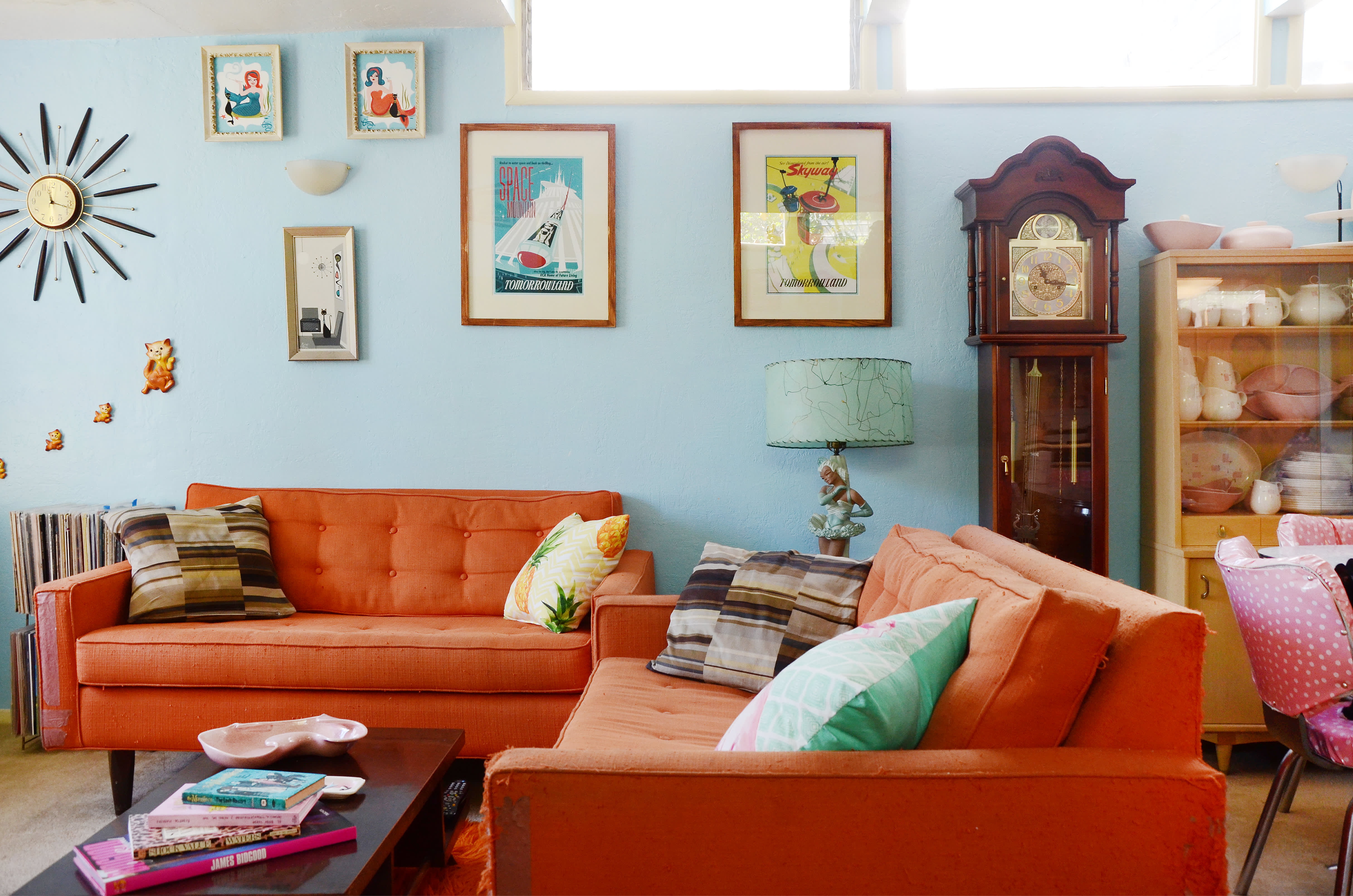 When it comes to designing your living room, choosing the right colors is crucial.
Colors have the power to set the mood, create a sense of harmony, and reflect your personal style.
This is why it’s important to carefully consider the color scheme of your living room, as it can greatly impact the overall look and feel of the space.
When it comes to designing your living room, choosing the right colors is crucial.
Colors have the power to set the mood, create a sense of harmony, and reflect your personal style.
This is why it’s important to carefully consider the color scheme of your living room, as it can greatly impact the overall look and feel of the space.
The Concept of Complementary Colors
 Complementary colors refer to colors that are opposite each other on the color wheel.
These colors, when used together, create a striking contrast that can add depth and visual interest to a room. In the world of interior design, complementary colors are often used to create a harmonious and balanced look in a space.
Complementary colors refer to colors that are opposite each other on the color wheel.
These colors, when used together, create a striking contrast that can add depth and visual interest to a room. In the world of interior design, complementary colors are often used to create a harmonious and balanced look in a space.
Choosing the Right Complementary Colors for Your Living Room
 When it comes to choosing complementary colors for your living room, there are a few things to keep in mind. First and foremost, consider the overall style and theme of your living room.
Complementary colors work best when they are in line with the overall aesthetic of the space.
For example, if you have a modern and minimalist living room, you may want to opt for complementary colors with a sleek and contemporary feel.
Another important factor to consider is the size of your living room.
Complementary colors can create a sense of balance and harmony, but they can also make a space feel overwhelming if not used correctly.
If you have a small living room, consider using complementary colors in small accents and accessories rather than on large pieces of furniture or walls.
When it comes to choosing complementary colors for your living room, there are a few things to keep in mind. First and foremost, consider the overall style and theme of your living room.
Complementary colors work best when they are in line with the overall aesthetic of the space.
For example, if you have a modern and minimalist living room, you may want to opt for complementary colors with a sleek and contemporary feel.
Another important factor to consider is the size of your living room.
Complementary colors can create a sense of balance and harmony, but they can also make a space feel overwhelming if not used correctly.
If you have a small living room, consider using complementary colors in small accents and accessories rather than on large pieces of furniture or walls.
Examples of Complementary Color Schemes
 One classic example of complementary colors is blue and orange. This combination creates a vibrant and energetic feel, perfect for a lively and social living room. Another popular combination is purple and yellow, which can add a touch of sophistication and luxury to a space.
If you want to create a more calming and serene atmosphere, consider using complementary colors such as green and red. These colors, when used in muted tones, can create a sense of balance and tranquility in your living room.
One classic example of complementary colors is blue and orange. This combination creates a vibrant and energetic feel, perfect for a lively and social living room. Another popular combination is purple and yellow, which can add a touch of sophistication and luxury to a space.
If you want to create a more calming and serene atmosphere, consider using complementary colors such as green and red. These colors, when used in muted tones, can create a sense of balance and tranquility in your living room.
Final Thoughts
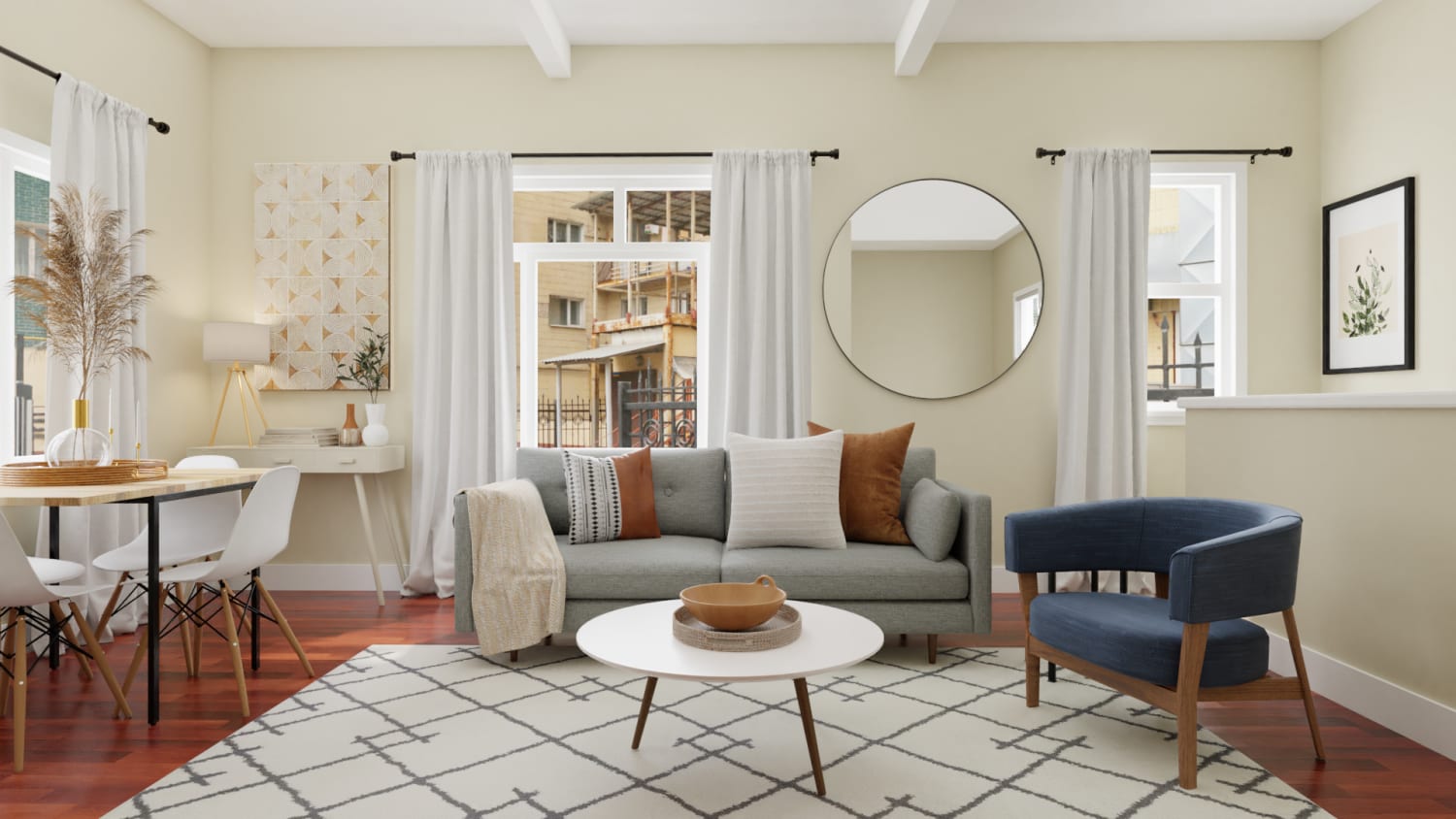 In conclusion, choosing complementary colors for your living room can be a fun and creative way to add personality and style to your space.
Remember to consider the overall aesthetic and size of your living room, and don’t be afraid to experiment with different color combinations to find the perfect blend of style and harmony.
With the right complementary colors, you can transform your living room into a beautiful and inviting space that reflects your personal taste.
In conclusion, choosing complementary colors for your living room can be a fun and creative way to add personality and style to your space.
Remember to consider the overall aesthetic and size of your living room, and don’t be afraid to experiment with different color combinations to find the perfect blend of style and harmony.
With the right complementary colors, you can transform your living room into a beautiful and inviting space that reflects your personal taste.

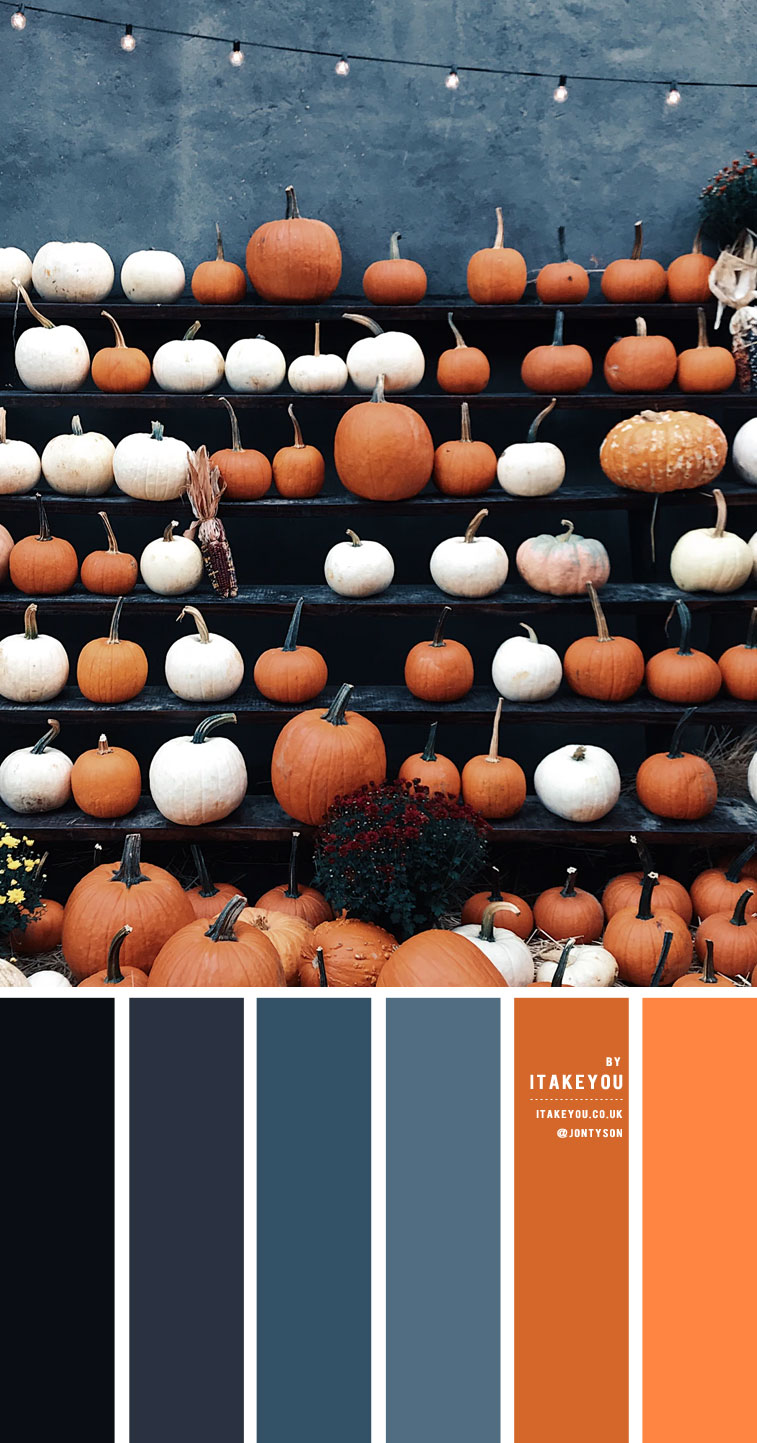





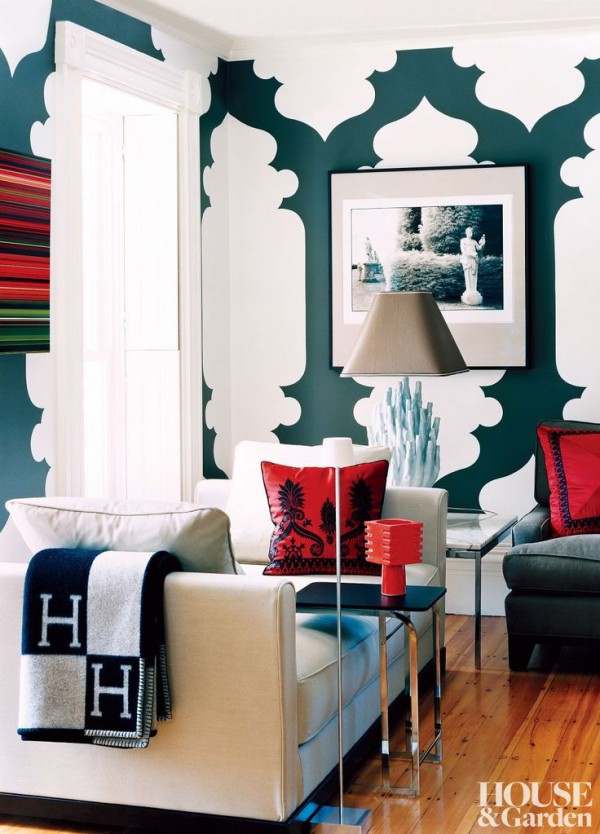











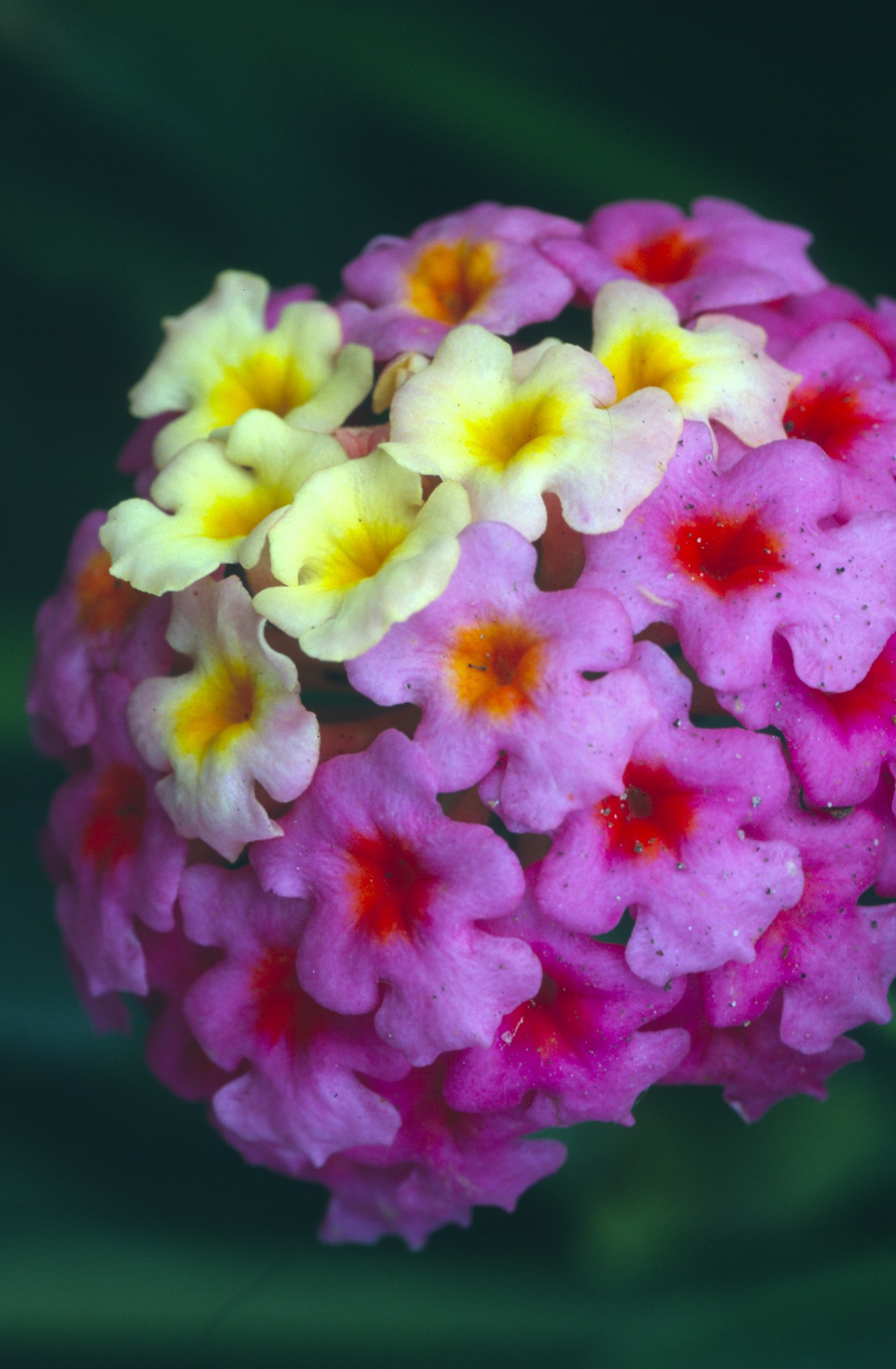
















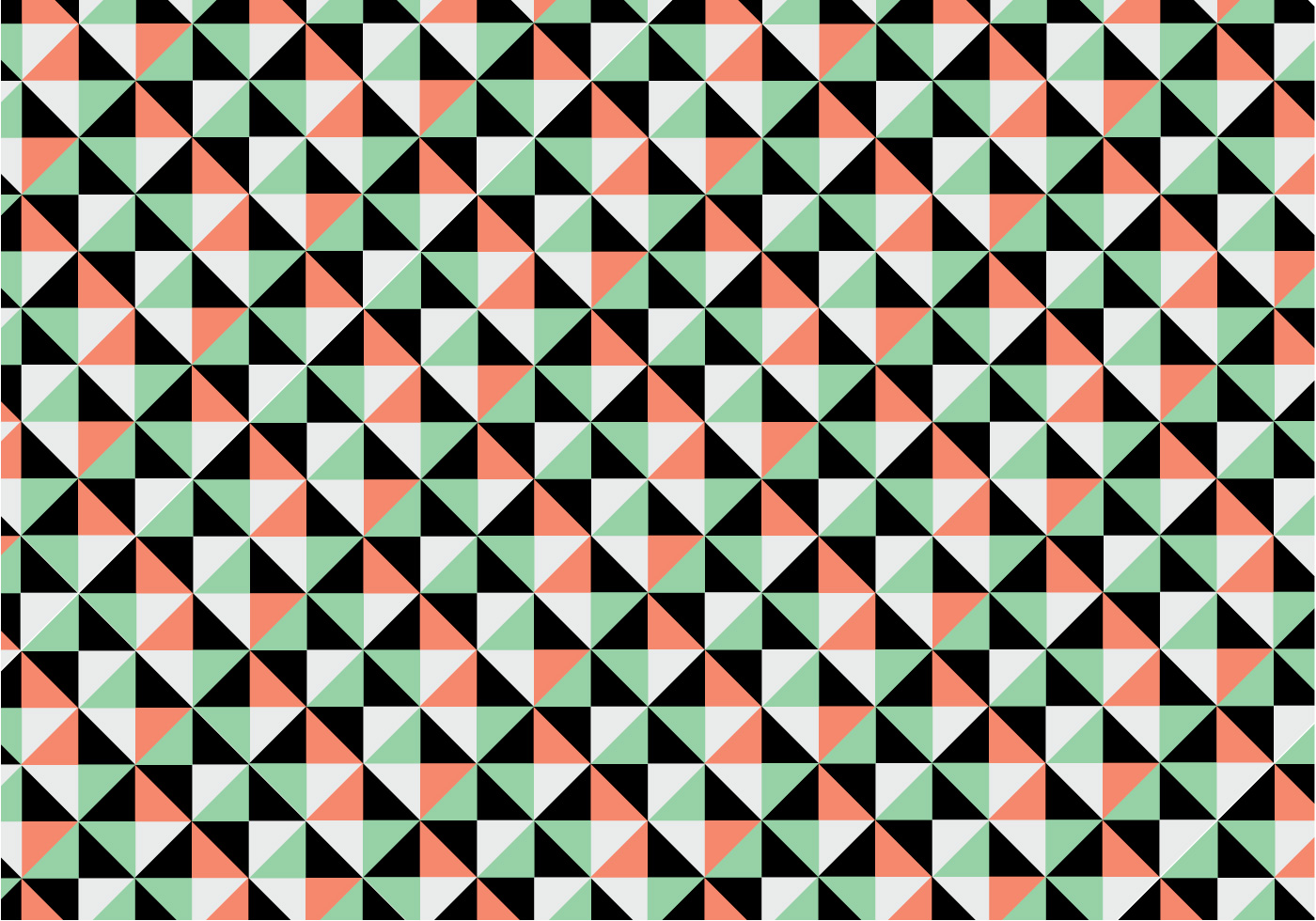

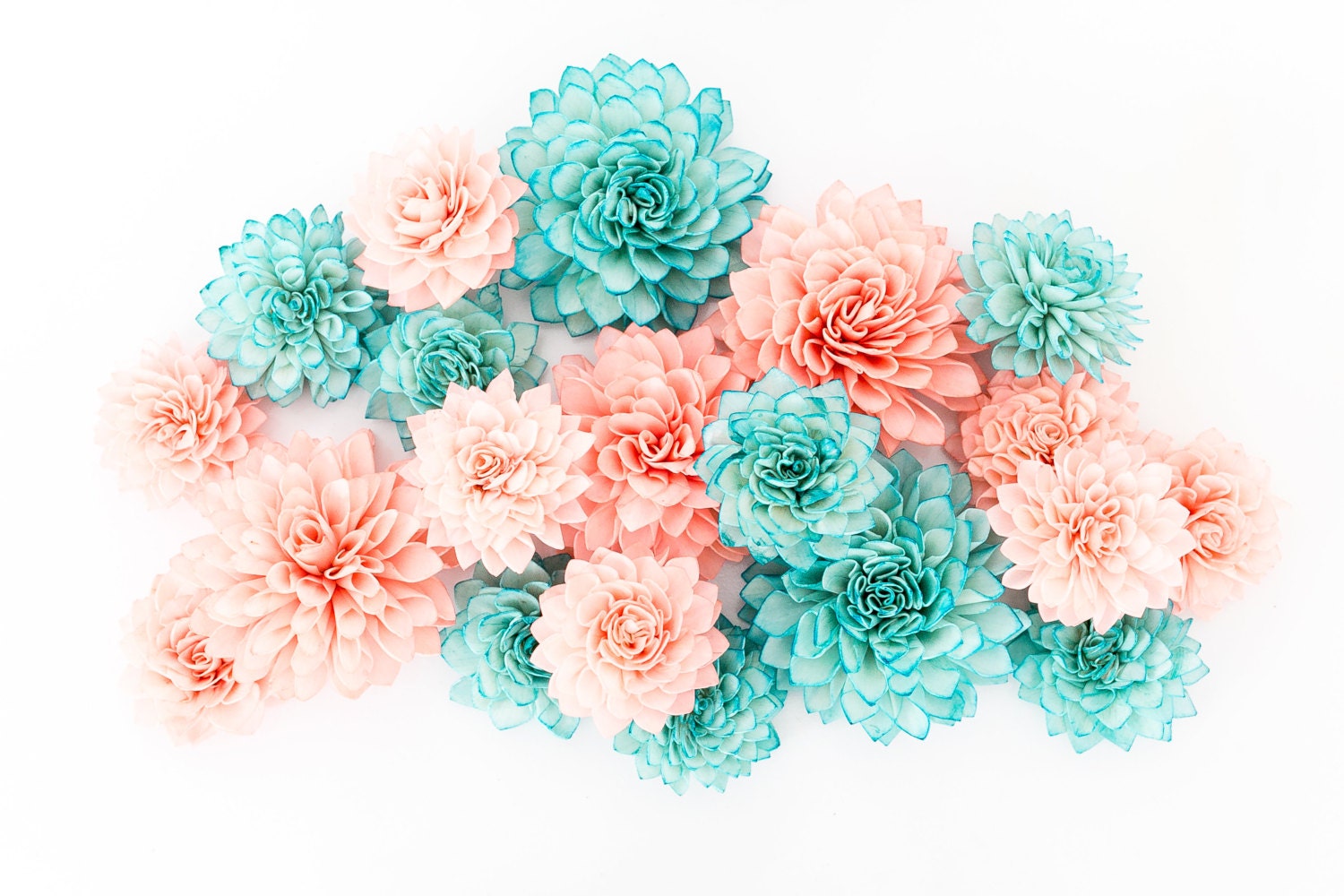










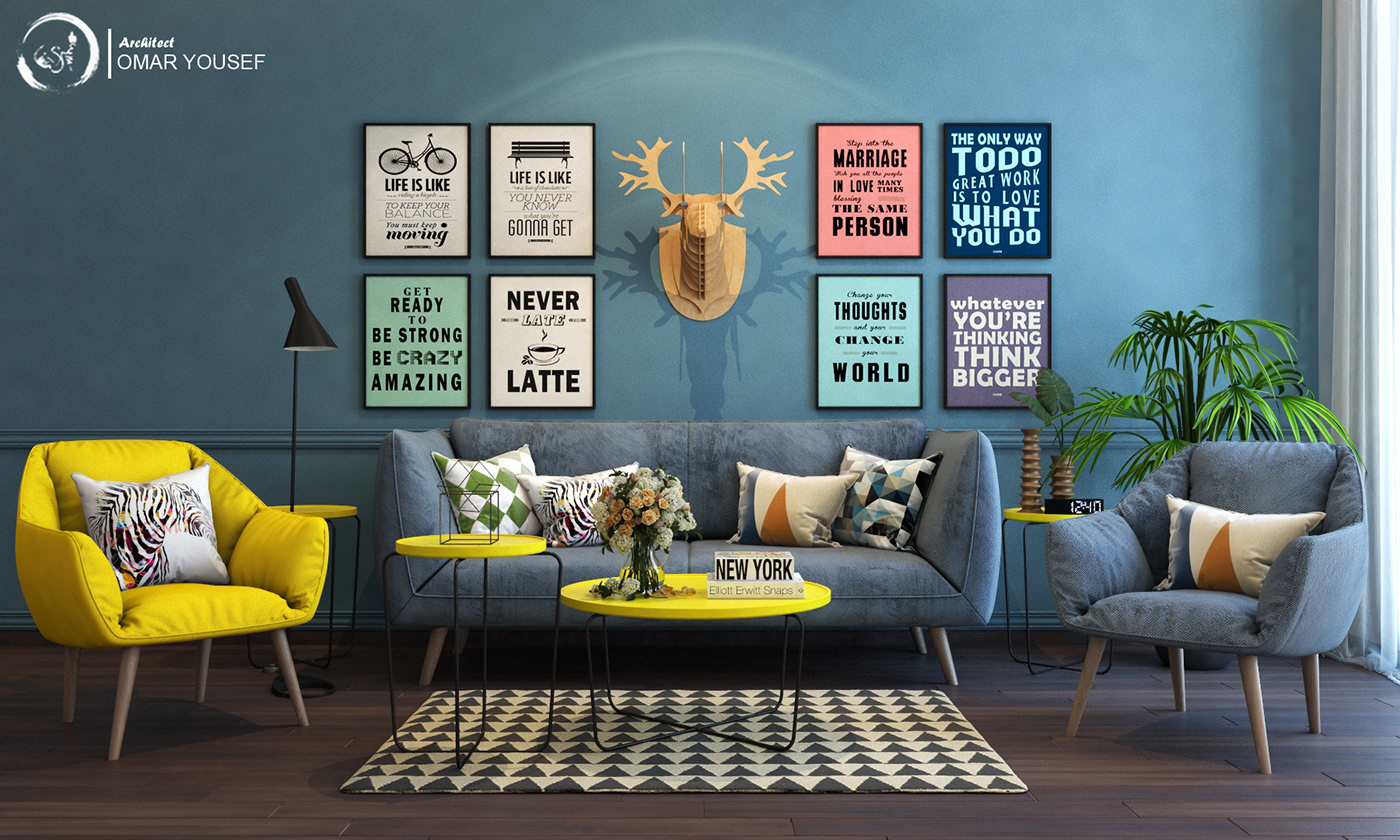













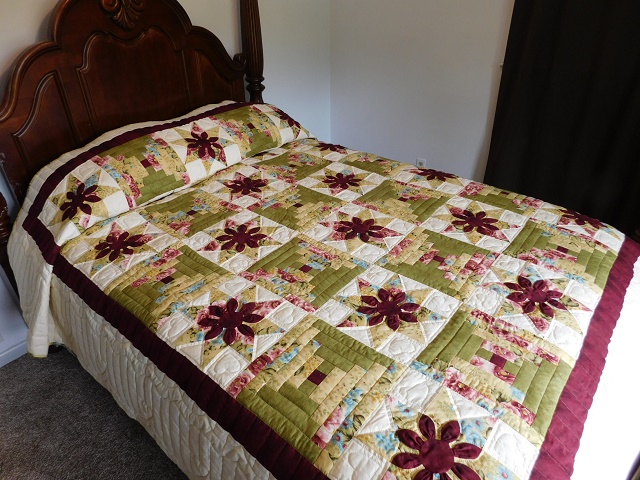




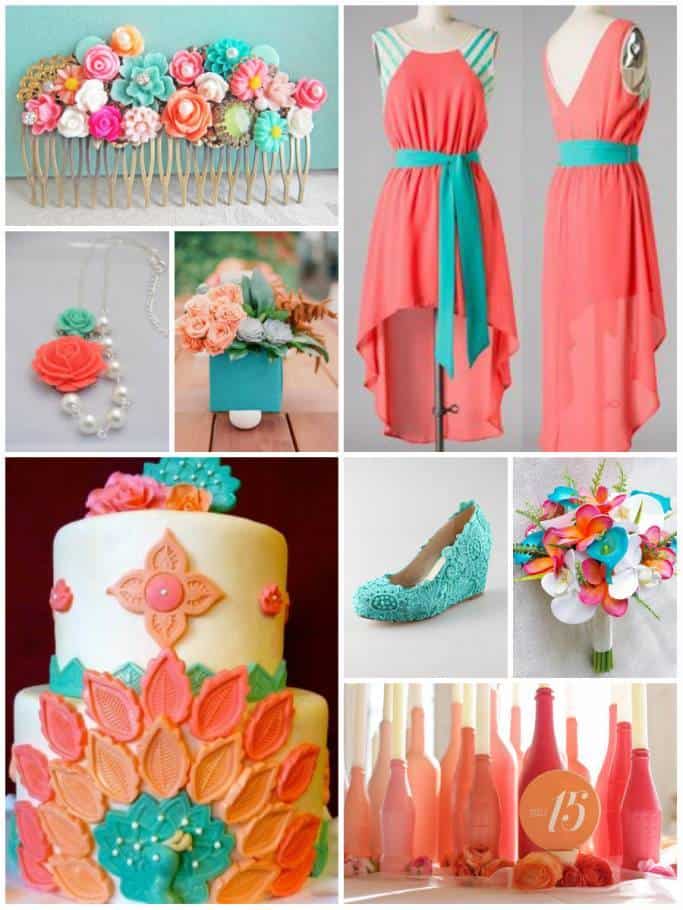
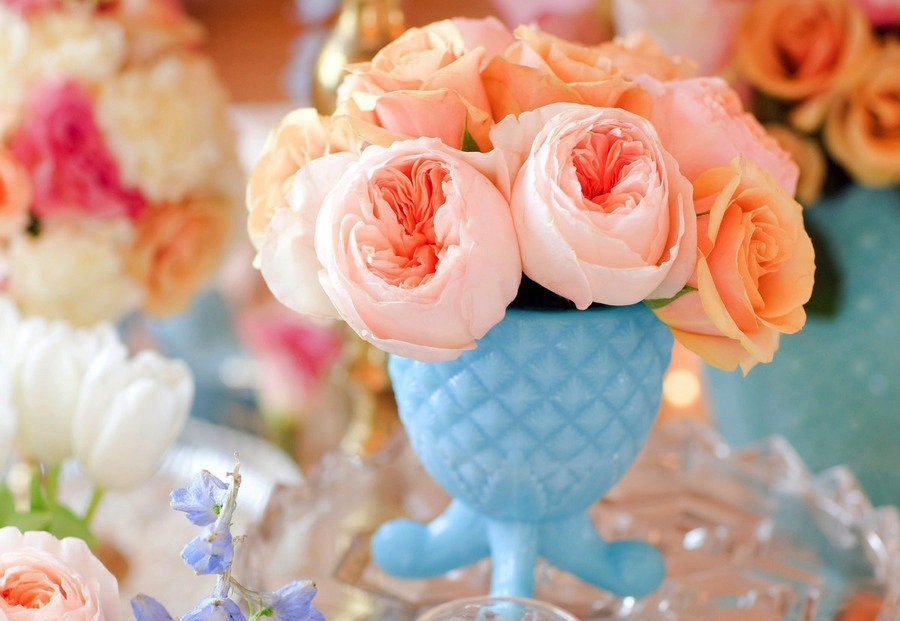


.jpg?mode=max&height=400&width=520)



